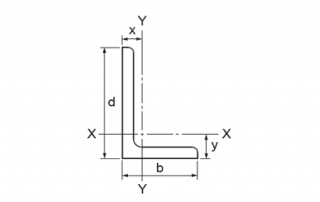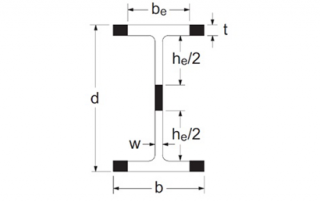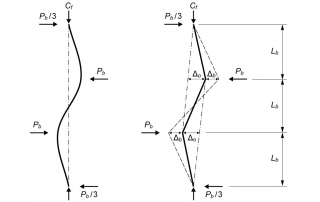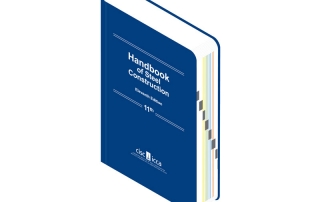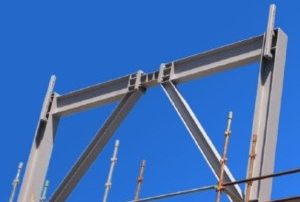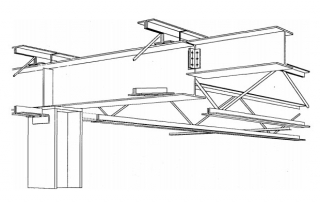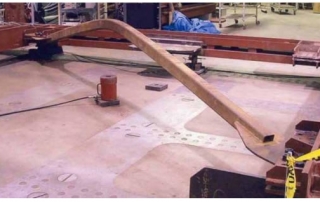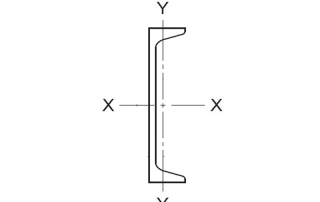Single-Angle Members in Compression
As stated in the Commentary to S16-14, the slenderness expressions provided in Clause 13.3.3 for ‘Single-Angle Members in Compression’ are not intended for use in the calculation of compressive resistance of single angles used as diagonal braces in a braced frame. When single-angle braces are used in a braced frame, they typically serve as tension-only braces [...]

